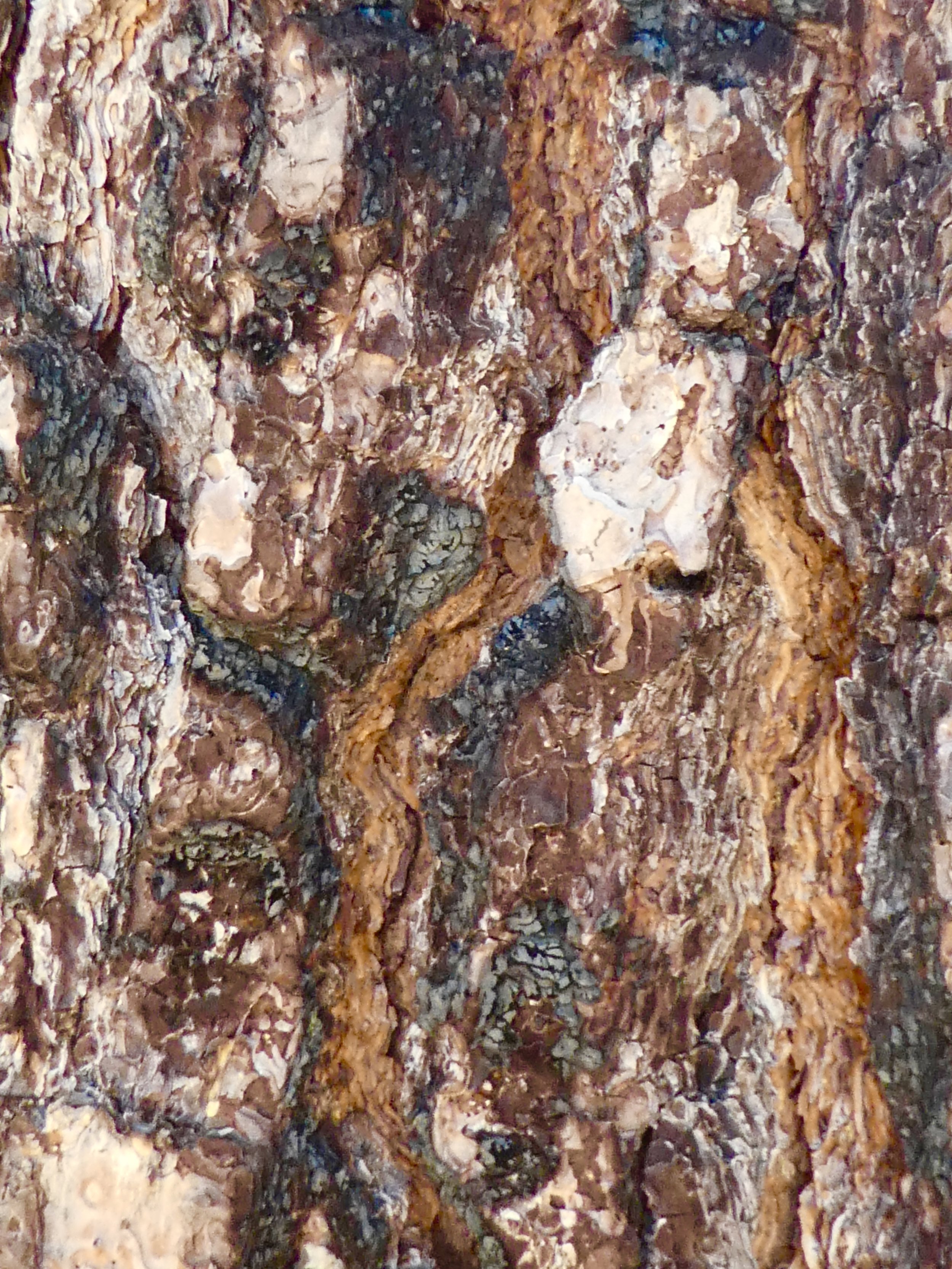The Hands that Touch the Land
KS Wild, the Northwest Forest Worker Center, and Lomakatsi Restoration Project hosted “The Hands that Touch the Land,” a hike focusing on ecological forestry work. Held along the Red Queen Trail in Ashland, the guided hike highlighted how each organizations’ mission interconnects, filling a diversity of niches in advocating for forest management and the proper treatment of the workers that implement restoration.
Red Queen Trail meanders along sun-dappled, forested slopes bordering neighborhoods near downtown Ashland, Oregon. This interpretive trail includes informative signs, showcasing over a decade of hard work and collaboration by the Ashland Forest Resiliency stewardship project, a long-term ecological restoration project that has significantly decreased Ashland’s risk from catastrophic wildfire. The AFR is a model program from which other towns and cities are learning.
Northwest Forest Worker Center
As participants rested on a slope along the trail, Carl Wilmsen, Executive Director of the Northwest Forest Worker Center and Martha Valle Hernandez a promotora de salud (community health worker), gave an overview of safety hazards and accounts of widespread forest worker exploitation, both made worse by extremely low-budget forest management contracts. Most are guest workers here legally on H-2B work permits, which makes them particularly vulnerable to retaliatory employers and the denial of their legal rights. Examples of hazards and exploitation commonly faced by forest workers include:
Wage theft by employers (not being paid for overtime, unnecessary deductions, etc)
Unsafe working conditions/lack of training on safety to prevent accidents
Limited or denied access to health care
Retaliation from employers for reporting on-the-job injuries or asserting legal rights
Bullying from crew supervisors
Discouragement from seeking help or safety training from promotoras
Last year, Northwest Forest Worker Center promotoras trained 450 forest workers about their legal rights, and ways to prevent on-the-job injuries, the most common being those from falling objects, chainsaws, ergonomics, and loss of footing/tripping/falling. The NWFW website provides a wealth of worker training videos on safety, and what to do in case of on the job injuries.
Lomakatsi Restoration Project
Along the hike, Lomakatsi Restoration Project staff, including Executive Director Marko Bey, Lead Restoration Crew Manager Braulio Maya Cortes, and Public Affairs Manager Julie Akins, explained their work and safety practices, introducing the process and principles of ecological restoration with many examples along the trail of how it was applied in this project. Ecologically-based thinning and the careful application of prescribed burns creates a more fire-resilient border where the forest and town intersect. Additionally, restoration forestry seeks to protect the large old trees and watershed values, along with ecosystem services such as wildlife habitat and Ashland’s municipal water supply, by reducing the risk of high intensity fire.
Some principles of ecological forestry projects include, but aren’t limited to:
Maintaining a diversity of tree ages and species
Initial treatments followed by more treatments over the years
Using different treatment strategies tailored to different types of conditions
Preserving the forest’s shade canopies
Leaving some areas undisturbed, for wildlife
Lomakatsi has as much respect for their employees as it does for the land, and provides them with robust safety standards and practices, as well as generous employee benefits. They describe their highly trained forest workers, who do the selective tree thinning, as ‘botanists with chainsaws’.
KS Wild
KS Wild promotes and supports restoration and fuels reduction projects in forests near urban areas, and Executive Director Joseph Vaile and Public Lands Advocate Brodia Minter talked to the group about why these projects and the work by these collaborating organizations is so important. Joseph outlined the currently accepted reasons why wildfires are becoming more catastrophic for human communities:
Decades of fire suppression by European settlers, in forests once managed with low-intensity fire by indigenous groups
Decreased biodiversity in forests (fire suppression being one factor)
More flammable, younger, homogenous plantations replacing diverse forests with larger, fire-resistant trees
Human communities moving farther into forest communities
Increasing effects related to climate change are creating more large scale, destructive fire events
KS Wild is grateful to collaborate with Northwest Forest Worker Center and Lomakatsi Restoration Project. Please visit their websites for more information about their work and how to support them. If you know any forest workers that would benefit from the help of the Northwest Forest Worker Center, please direct them to the center for assistance.
The Lower Red Queen Trail is located on the edge of Ashland and available for you to visit. With interpretive signs along the trail, we encourage you to explore on your own and learn more about the Ashland Forest Resiliency Stewardship Project, ecological restoration, and fuels reduction. While there, think of the crews that completed this work, and think of other workers in the valley who do not have safe or healthy workplace protections. Imagine the challenges that come with working in adverse weather conditions, on steep, crumbly terrain, with chainsaws and other heavy tools. And imagine the pride that comes from helping safeguard a community while also improving the health of the forest.
Trailheads are located at the intersection of Ashland Loop Rd and Terrace, next to the Crowson Reservoir, and farther up at the White Rabbit parking area, just before the closed gate on Ashland Loop Rd.




